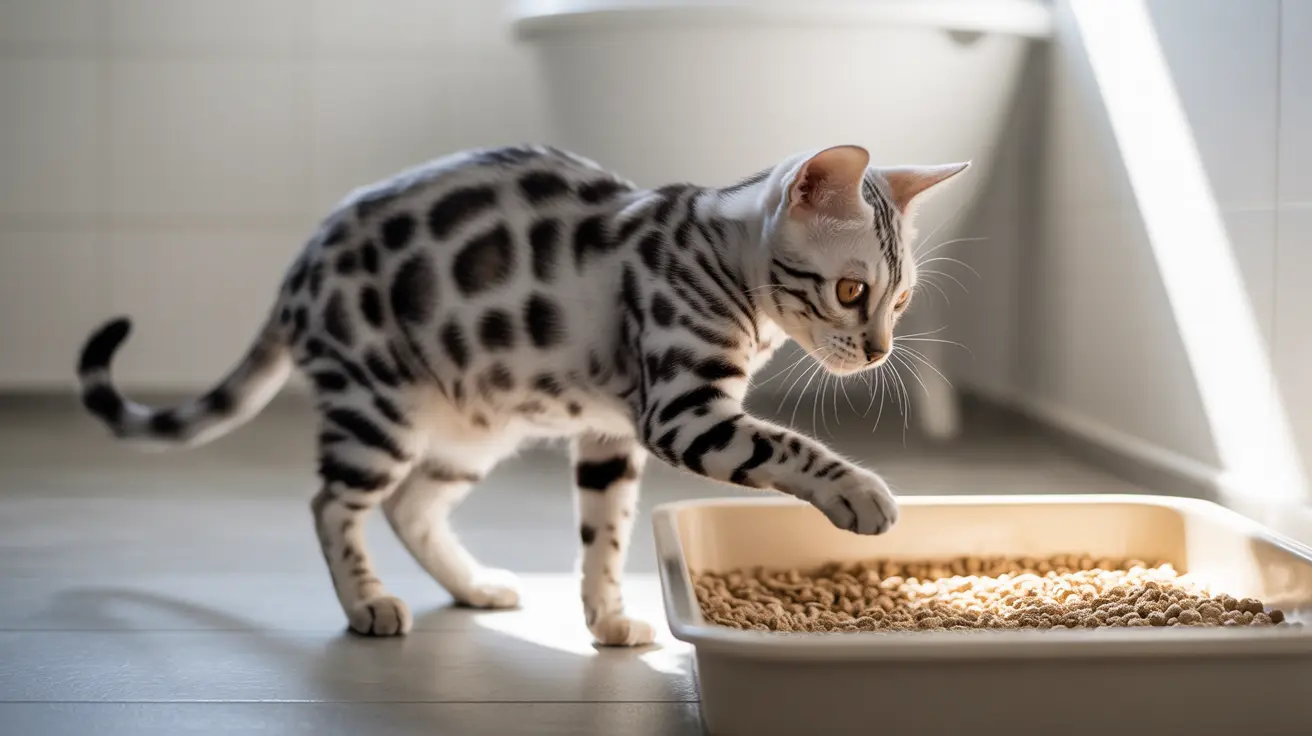If you've noticed your cat visiting the litter box more frequently or producing larger amounts of urine than usual, you might be wondering "why does my cat pee so much?" This change in urination habits often signals an underlying health issue that requires attention. Understanding the difference between frequent urination and increased urine volume is crucial for getting your cat the right care.
As a cat owner, recognizing these changes early can make a significant difference in your pet's health outcomes. Let's explore the various causes of excessive urination in cats and learn when you should seek veterinary care.
Understanding Different Types of Excessive Urination
Cats can experience two distinct types of urination changes: frequent urination (pollakiuria) and increased urine volume (polyuria). Pollakiuria involves multiple small urinations throughout the day, while polyuria means producing larger amounts of urine than normal. Each type can indicate different health concerns.
Common Medical Causes of Excessive Urination
Diabetes Mellitus
Diabetes is a common cause of increased urination in cats. When blood sugar levels rise, the body tries to eliminate excess glucose through urine, leading to more frequent urination and increased thirst. Middle-aged and overweight cats are particularly susceptible to this condition.
Kidney Disease
Chronic kidney disease affects many older cats and often leads to increased urination. As kidney function declines, cats lose the ability to concentrate their urine properly, resulting in larger volumes of dilute urine and increased water consumption to compensate.
Urinary Tract Issues
Infections, inflammation, or stones in the urinary tract can cause frequent urination, often accompanied by straining or blood in the urine. These conditions require prompt veterinary attention, especially in male cats who are prone to life-threatening urinary blockages.
Warning Signs to Watch For
Keep an eye out for these additional symptoms that might accompany excessive urination:
- Increased water consumption
- Weight loss despite normal or increased appetite
- Urinating outside the litter box
- Crying while urinating
- Changes in urine color or smell
- Lethargy or behavior changes
When to Seek Veterinary Care
Don't wait to contact your veterinarian if you notice:
- Sudden changes in urination patterns
- Signs of pain or distress while urinating
- Blood in the urine
- Complete inability to urinate (emergency situation)
- Significant increase in water consumption
Frequently Asked Questions
Why is my cat peeing a lot but only in small amounts?
Frequent small urinations often indicate a urinary tract infection, bladder inflammation, or stones. This condition requires veterinary attention as it can be painful and potentially dangerous for your cat.
What health problems cause increased urination in cats?
Common causes include diabetes, kidney disease, hyperthyroidism, urinary tract infections, and certain medications. Each condition requires specific treatment approaches determined by your veterinarian.
How can I tell if my cat's frequent urination is due to a urinary tract infection?
Signs of a UTI include frequent small urinations, straining to urinate, blood in the urine, crying while urinating, and urinating outside the litter box. A veterinary examination and urinalysis can confirm the diagnosis.
When should I take my cat to the vet for frequent urination or blood in urine?
Seek immediate veterinary care if you notice blood in the urine, straining to urinate, or complete inability to urinate. Any significant change in urination patterns should be evaluated within 24-48 hours.
What treatments and home care can help a cat that pees excessively?
Treatment depends on the underlying cause but may include medications, dietary changes, increased water intake, or management of chronic conditions. Always follow your veterinarian's specific recommendations for your cat's condition.
Conclusion
Changes in urination patterns should never be ignored, as they often indicate underlying health issues that require professional attention. By monitoring your cat's litter box habits and seeking prompt veterinary care when changes occur, you can help ensure your feline friend receives the treatment they need to maintain good health and quality of life.






